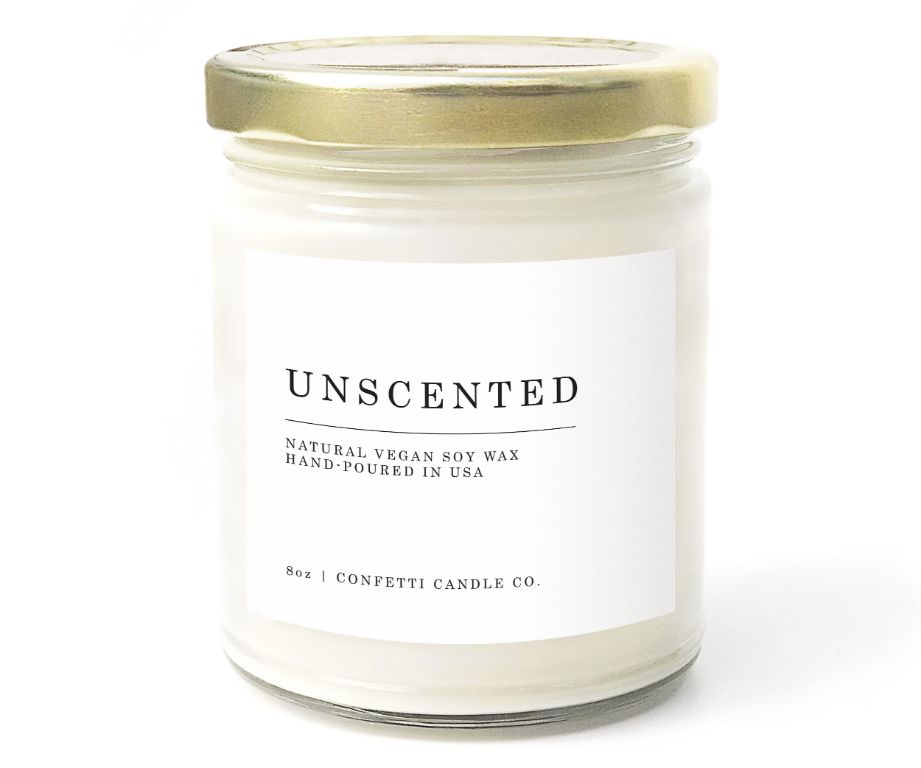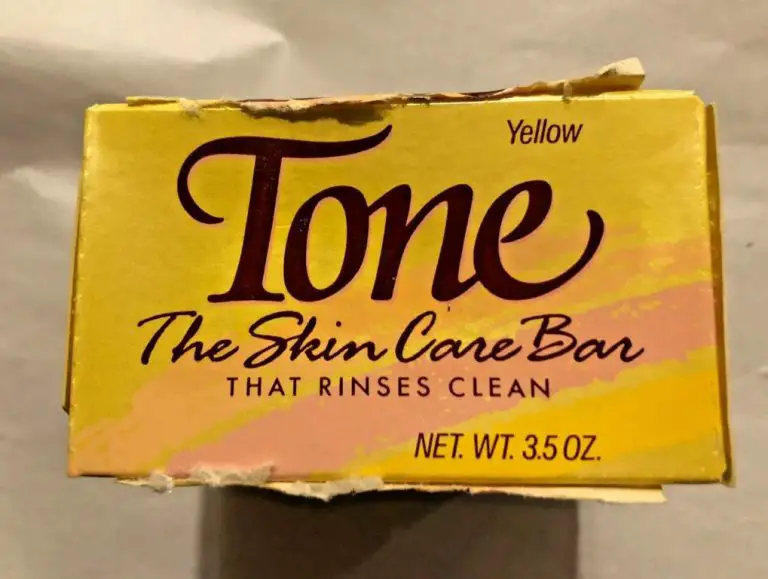How Do You Store Candles While They Cure?
Candle curing is the process of allowing newly poured candles time to stabilize and solidify before use. This curing time, which can range from a few days to several weeks depending on the candle, allows the wax to fully set up and the fragrance to become evenly distributed. Proper curing is an essential step in candle making. Rushing the curing process can result in candles that tunnel, have wet spots, lose scent, or even pose fire hazards. Taking the time to cure candles correctly ensures they burn cleanly and perform as expected. The curing process allows molecules within the wax to align properly as the candle solidifies. This molecular realignment results in an even burn and consistent wax pool once the candle is lit. Curing also enables the candle fragrance to mature within the wax. As the wax cures, fragrance molecules disseminate evenly throughout each candle for a stronger, more complex aroma. Well-cured candles also retain their scent longer when burned. Overall, a proper curing time provides candles with the stability and performance expected from a quality product.
Ideal Curing Conditions
Proper temperature, humidity, and airflow are essential for candle wax to cure properly. The ideal curing temperature for most candle waxes, including soy, is around 70°F according to candle makers on Reddit (source). Temperatures that are too high or too low can impact cure time and lead to issues like wet spots, frosting, or cracking. Aim to keep your curing space between 65-75°F.
Lower humidity supports faster curing by allowing moisture to evaporate from the wax more quickly. Ideally, the humidity should be around 40-60% during curing according to Bramble Berry (source). Higher humidity can lead to issues like wet spots.
Good airflow is also key. Make sure air can freely circulate around candles during curing to carry away moisture. Stagnant air will slow curing. Position candles with space between them and avoid overcrowding.
Curing Containers
The type of container used for candle curing can impact the quality and safety of the finished candle. Glass and metal containers are often recommended over plastic for curing candles (https://www.lifenreflection.com/safe-candle-containers-for-candle-making/).
Glass jars and tin containers allow candles to cure without absorbing foreign odors or chemicals from the container walls. Plastic has a tendency to retain odors and may interact with candle waxes during curing (https://jessicawellinginteriors.com/candle-jars-and-tins/).
It’s also important to use lids during curing to protect cooling candles from dust and debris. Metal tins and glass jars with sealable lids keep curing candles covered. Plastic lids can work as well but should be avoided if the plastic may interact with the wax.
Opt for heat-resistant glass jars and metal tins with tight-fitting lids to properly cure candles before lighting them for the first time.
Avoiding Dust and Debris
One of the most important aspects of proper candle storage during the curing process is avoiding dust and debris. As candles cure, they can attract dust, dirt, hair, and other contaminants. This not only affects the look of the candle, but can also impact the scent and burn quality once lit [1].

There are a few key strategies to keep candles clean while curing:
- Use candle sleeves, bags, or boxes. Securing a tight dust cover over candles is an effective way to seal out debris [1].
- Store in a clean, enclosed space. Find an area away from open windows, vents, or doors that could let in dust.
- Wipe down surfaces before placing candles. Give storage racks, shelves, or tables a quick clean to ensure no dirt or dust is present.
- Avoid overcrowding. Allow enough space between candles so air can circulate.
- Clean dusty candles. Use a gentle, lint-free cloth dampened with water to wipe away dust and debris [2].
Taking steps to prevent dust will help keep candles looking and performing their best. Periodically inspecting for dirt buildup and giving a gentle wipe down can go a long way.
Monitoring Cure Time
Knowing when your candles are fully cured is important to ensure proper performance. According to the Armatage Candle Company blog, the general rule of thumb for testing soy wax candles is 1-2 weeks, but closer to 2 weeks is ideal Source. However, cure time can vary slightly between waxes and additives.
To test if a candle is cured, let it sit for at least two full weeks after pouring and cooling completely. Then, trim the wick to the proper height and burn one candle for a few hours. Check how the wax pooled and how clean and complete the burn was. If the performance is not yet optimal, let the candle cure for longer before testing again. It’s recommended to wait at least 72 hours between burn tests. Signs that a candle still needs more curing time include residue, wet spots, distortion, or an uneven burn pool Source.
Be patient, test multiple samples, take detailed notes, and allow enough cure time for each new recipe. This will ensure your candles burn cleanly and safely when customers light them.
Racking and Rotation
Properly racking and rotating candles is crucial during the curing process. Racking refers to organizing candles on shelves, racks or other storage solutions. Rotation involves moving candles around on racks to promote even curing.
Candles should be racked in single rows with adequate space between them for air circulation. Stacking candles or crowding them too close together can lead to uneven curing. It’s recommended to allow at least 1-2 inches between candles during curing. Wire shelving, slatwall panels, and special curing racks work well for racking candles in an organized fashion.
Rotation is key because the top and sides of a candle tend to cure faster than the bottom. By periodically rotating candles, all sides receive equal curing time. Aim to rotate candles at least once per week. Some tips for effective rotation include:
- Mark candles with the pour date before racking so you know which ones to rotate first.
- Move older candles toward the front so the oldest stock gets used first.
- When rotating, bring candles that were on the bottom to the top.
Staying on top of racking and rotation results in evenly cured candles with optimal performance. Consult this guide for DIY racking ideas.
Labeling and Organizing
Properly labeling candle containers is an important part of the curing and storage process. The label should include basic information like the candle name, scent, color, wax type, wick type, date made, and volume/weight (U.S. Candle Label Requirements Guide). Other helpful details are the target burn time, cure time, pouring temperature, and any special instructions. The label needs to withstand the curing conditions and remain securely adhered to the glass/container.
Having an inventory system to track batches of candles is useful for rotation, quality control, and restocking. A basic log can note the batch number, quantity, date poured, date ready, storage location, and any quality notes. More advanced candle businesses use dedicated inventory software to manage their candle stock. Assigning batch numbers and using a “first in, first out” rotation system ensures proper curing and consistent quality.
Troubleshooting Issues
Candles can sometimes develop problems during the curing process that negatively impact their appearance and performance. Three common issues to look out for are sinkholes, frosting, and sweating.
Sinkholes occur when a hole forms in the top of the candle as it cools and contracts (Village Craft and Candle). To prevent sinkholes, avoid moving the candle while it sets and ensure the wick is centered. If a sinkhole forms, you can carefully remelt just the top layer and pour a small amount of wax to fill it.
Frosting happens when oils migrate to the candle’s surface as it cures and oxidize, forming a white layer (Life N Reflection). To reduce frosting, cool candles slowly and wrap in paper while curing. Gently warming the candle can help absorb the oils back into the wax.
Sweating occurs when oils separate from the wax and coat the surface. It’s caused by too high a fragrance load or pouring candles at a temperature that’s too low (Life N Reflection). Allowing candles to cure longer before burning can help prevent sweating issues.
Safety Considerations
When curing candles, it’s important to practice proper safety precautions. Candles contain flammable wax and fragrance oils, so they should be stored carefully during the curing process. According to Lone Star Candle Supply, candles should be cured in a cool, dry area away from direct sunlight and heat sources. Avoid curing candles near open flames, sparks, or lit cigarettes. The curing area should be well-ventilated and free of dust and debris that could contaminate the candles.
Candles should be placed on sturdy, flat surfaces during curing, not on shelves or uneven ground. Don’t overstack candles, as accumulated heat between layers can cause melting or cracking. Leave space between candles for airflow. Monitor candles frequently during curing and discard any with signs of issues like sinkholes, frosting, or sweat rings. Take safety precautions like having a fire extinguisher and first aid kit nearby in case of accidents.
Practice common sense safety when handling and storing curing candles. With some basic precautions, the curing process can be safe as well as effective for producing high quality candles.
Conclusion
In summary, proper candle curing is an important part of the candle making process. Allowing candles to cure for 1-2 weeks in ideal conditions helps complete the chemical process between wax and fragrance so that candles burn cleanly and perform at their best. The curing environment should be dust-free, around room temperature, and away from direct light or heat. Glass and metal containers work well for curing, with either the lid on or off depending on personal preference. Racking candles allows airflow around each one. Rotating and monitoring candles periodically evens out the cure. Finally, always practice fire safety when curing candles.






